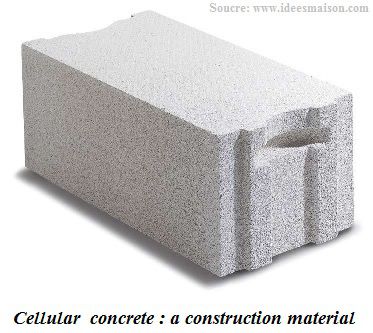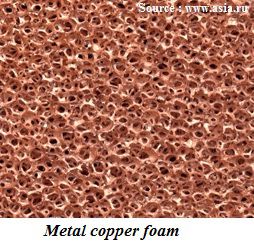Why do we use them?
The use of cellular materials
The porous structure of these materials gives them a large number of properties and allows them to be used for many different applications.
In our project we focused on the acoustic characteristic of porous materials.
But, cellular materials have many others feature that make them useful for a lot of different sector of activity as construction, transportation and aeronautics.

Many cellular materials are used in building trade.
For example, cellular concrete is a lightweight cement-based material, containing many gas bubbles evenly distributed in the volume. It is harder in comparison with traditional insulation materials, and have a good fire resistance. Due to the porous structure, it provides thermal comfort in the house by reducing heat losses in winter and cool losses in summer. This is also a good sound-proofing material.
The very low ratio material / air of cellular materials give them a very good ability to absorb shocks.
Cardboard, like many other cellular materials, is used in the packaging industry for handling operations. These materials rigidify the product’s wrapping and increase product’s protection during transportation.
The conseption of innovative aerospace materials must meet two basic criteria: increase mechanical performance and minimize the mass. This dual requirement led the cellular materials class. These materials have the specific physical properties that depend on both their constituent material and their spatial arrangement. Metal foams and honeycomb are examples of cellular materials for this kind of use.


